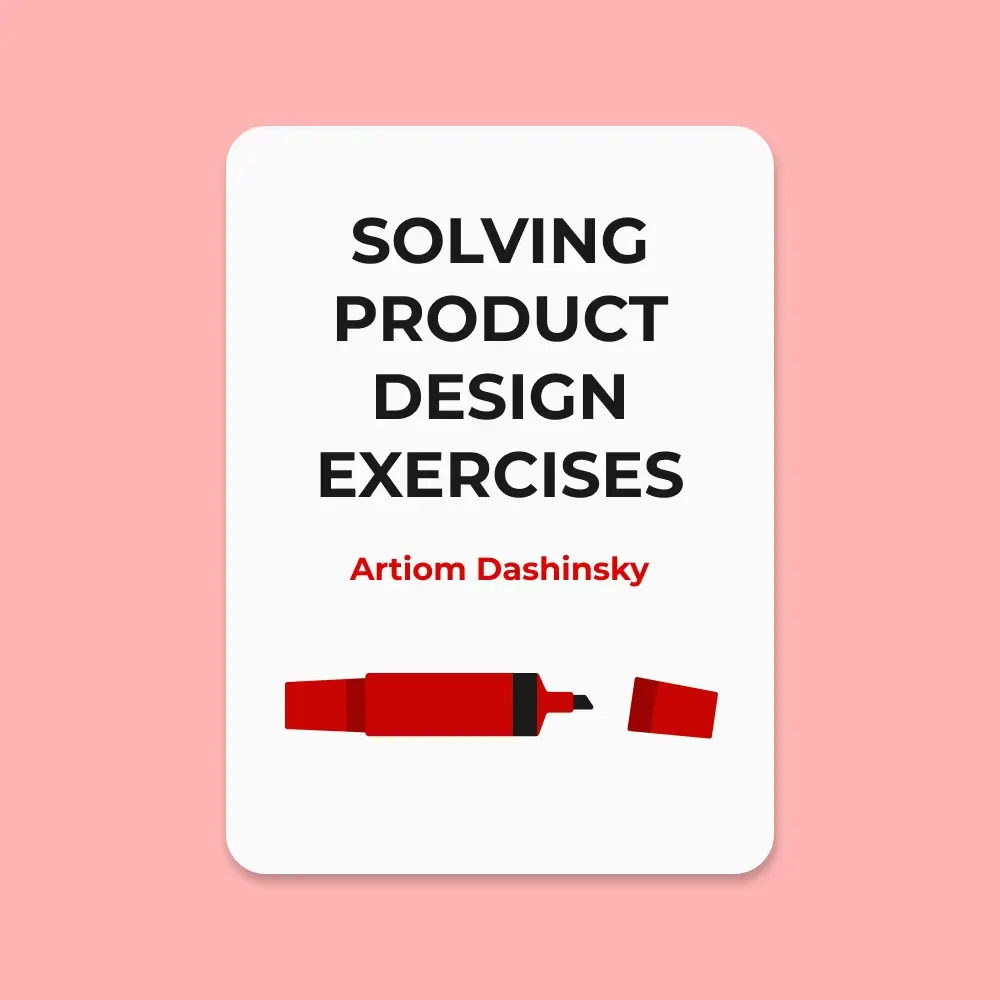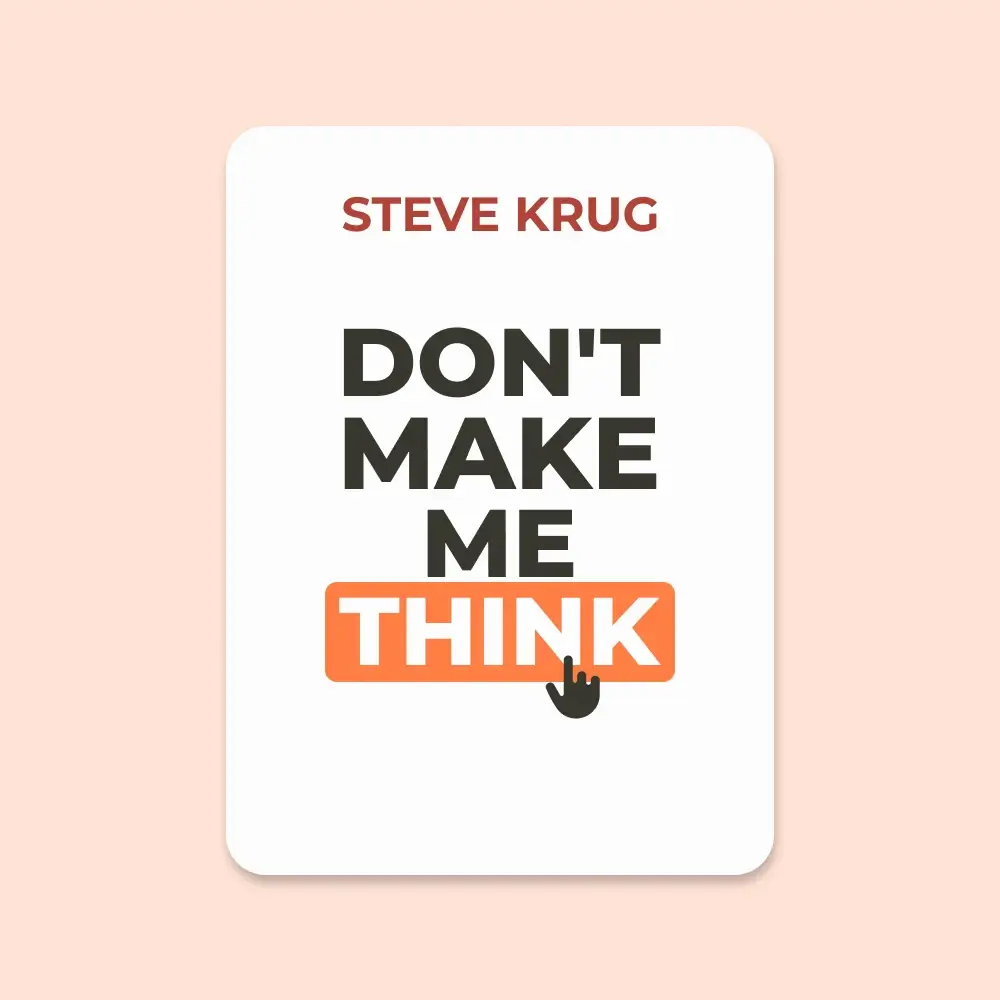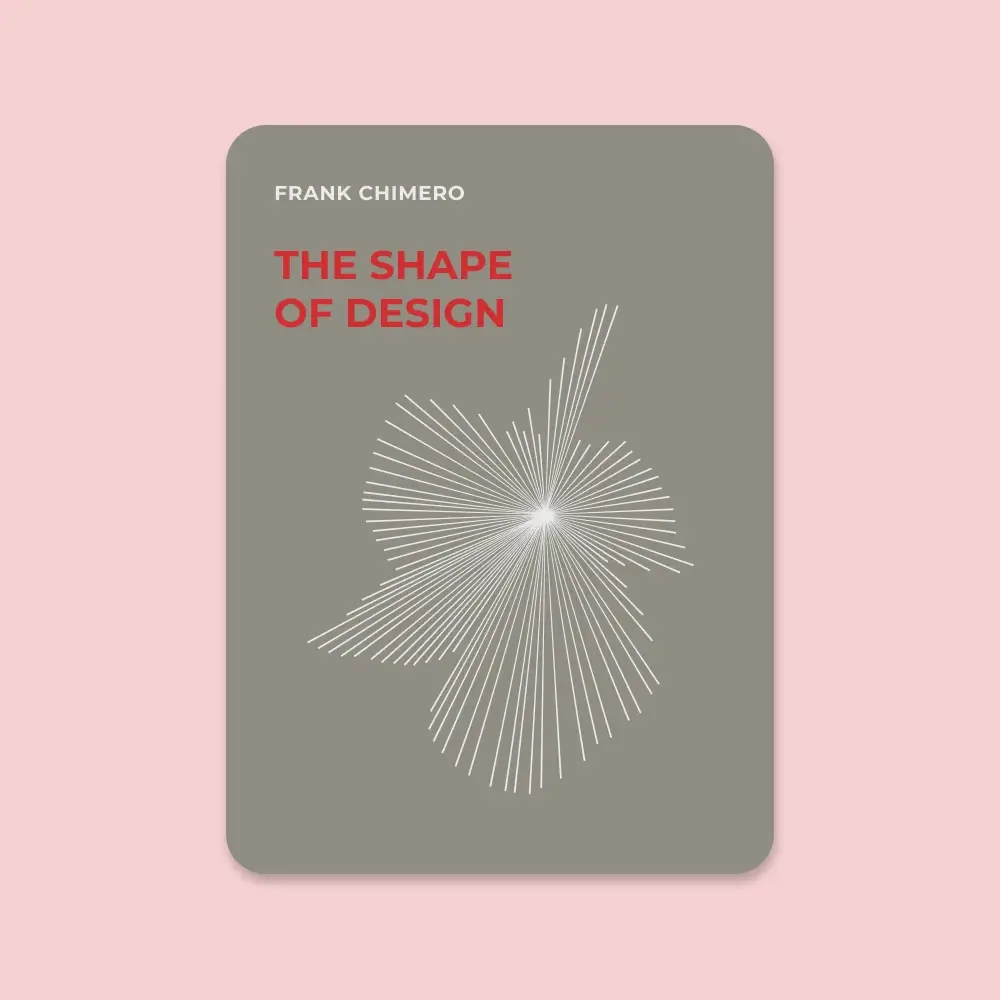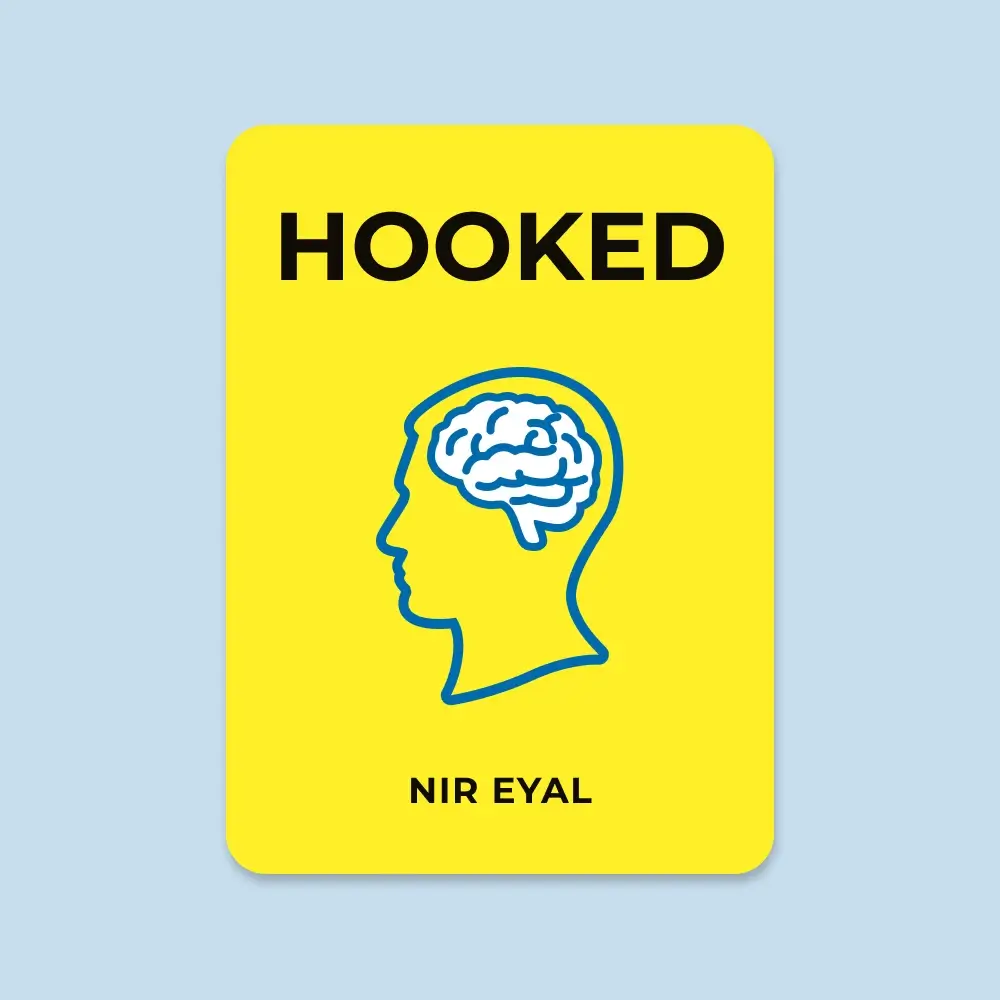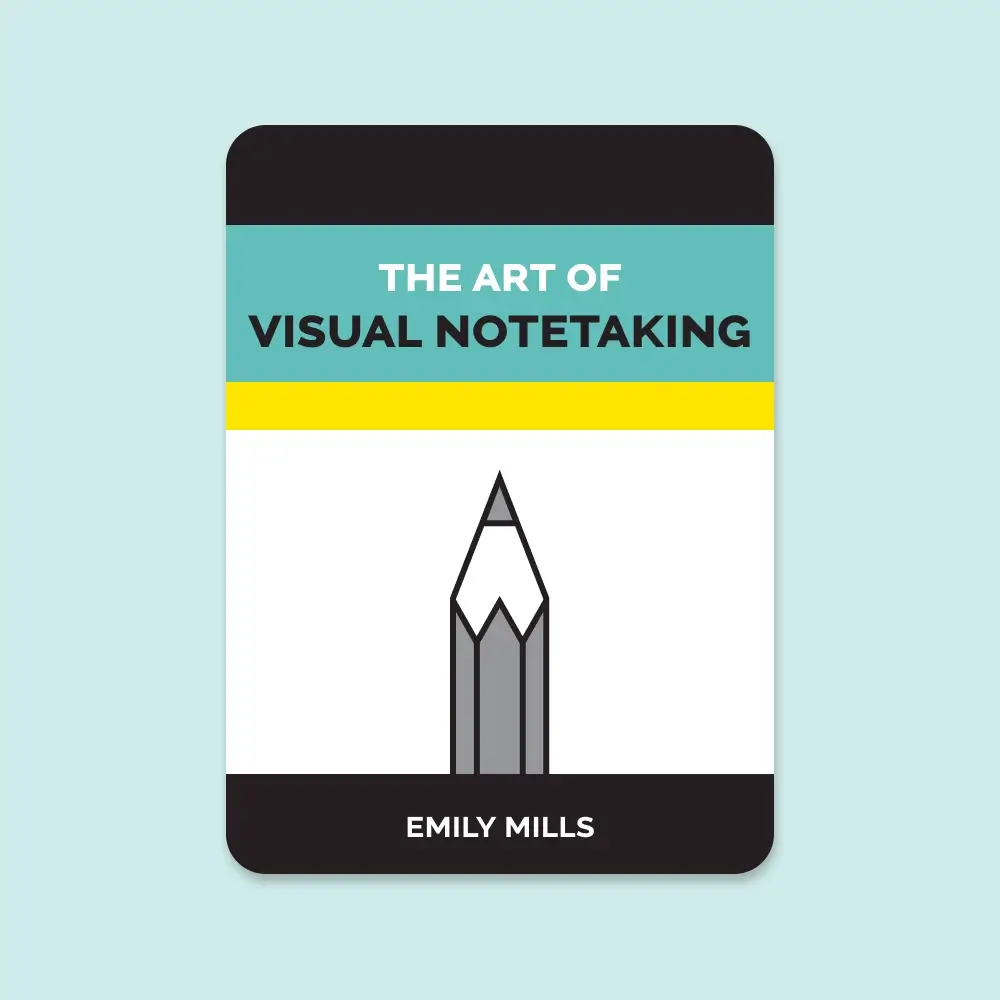
The Art of Visual Notetaking
-
Information has zero value if it can’t be remembered or shared.
-
Visual notes exist to visualize, clarify, and organize information.
-
Effective visual notes will always include written words. Together, illustrations and information work with each other to create a more powerful learning experience.
-
Everyone learns differently. Some learn best by listening, some by seeing, and some by doing. When you take visual notes, you get to do all three.
-
Start small with a sketchbook or a journal. As you practice improving your skills and building confidence, work your way into larger, more complicated formats.
-
It’s not about the tools you use; it’s about the visuals you create. Some of the most effective visual notes I’ve seen were done with a ballpoint pen on a legal pad! There’s nothing wrong with using fancy, expensive tools—you should always create to the best of your ability—but the priority of visual notes is the information, not the aesthetics.
-
I believe the best way to become an effective visual notetaker is through deliberate practice using pen. Ink can’t be edited and causes forced failure. Failure doesn’t sound fun, but it’s helpful long-term. You learn faster and in greater amounts from failure than you do from constant small improvements that don’t involve risk. Using pen is also an easy way to improve your confidence, and it has the added benefit of being easier to read than pencil.
-
Hearing is what happens when you receive sounds. Listening is what happens when you intentionally focus on the sounds.
-
Illustration starts with imagination. If you can dream it in your head, you can draw it. Our brains are also really good at association, or finding something familiar in something unrelated, like seeing a dog shape in a passing cloud. Let your creative mind loose to see new possibilities in the most basic shapes, and you can grow your imagination and improve your drawing skills.
-
Each time you finish a drawing, ask yourself, “Is there anything I can add to improve this?” If there is, add it! If not, that’s okay too. Each time you add something, consider leveling up. Don’t add on for the sake of adding on, though. Each addition should be intentional and make the drawing more recognizable.
-
Faces are the best way to portray an emotion or reaction. Drawing the whole body isn’t necessary when you can focus on a person’s head and face to get the point across. Faces don’t always have to be human. Humanizing your drawings with faces can help convey emotion. Putting a smile on a dog or a sad face on a rain cloud might not be realistic, but remember—we aren’t going for realistic! As long as a face adds clarity and improves the recognition and understanding of what’s happening, go for it!
-
When you regularly take visual notes, you may notice some of your drawings repeat themselves because they apply to a lot of different situations. This is called your visual library—it’s a mental bank of all the images you know how to draw and use on a regular basis.
-
In art school, you’re taught that your first idea is never your best idea, because the whole point of creating art is to create something unique. With visual communication, it’s the opposite. You aren’t trying to create something unique, you’re trying to communicate clearly. Your first idea is usually your best idea, because visual communication is about finding common ground.
-
Humans love metaphors because they simplify complex information. Every time you use a metaphor—spoken, written, or visual—you’re doing your audience a big favor in the comprehension department.
-
Your first idea is usually your best idea.
-
The most important thing to remember about color is to keep it simple. It’s easy to overdo and it can visually overwhelm viewers. If you’re using all the colors of the rainbow, you’re probably creating distraction, not clarity. When you start out, try using only black and gray; then add color in small amounts as your confidence increases.
-
There’s a big difference between looking good and being good.
